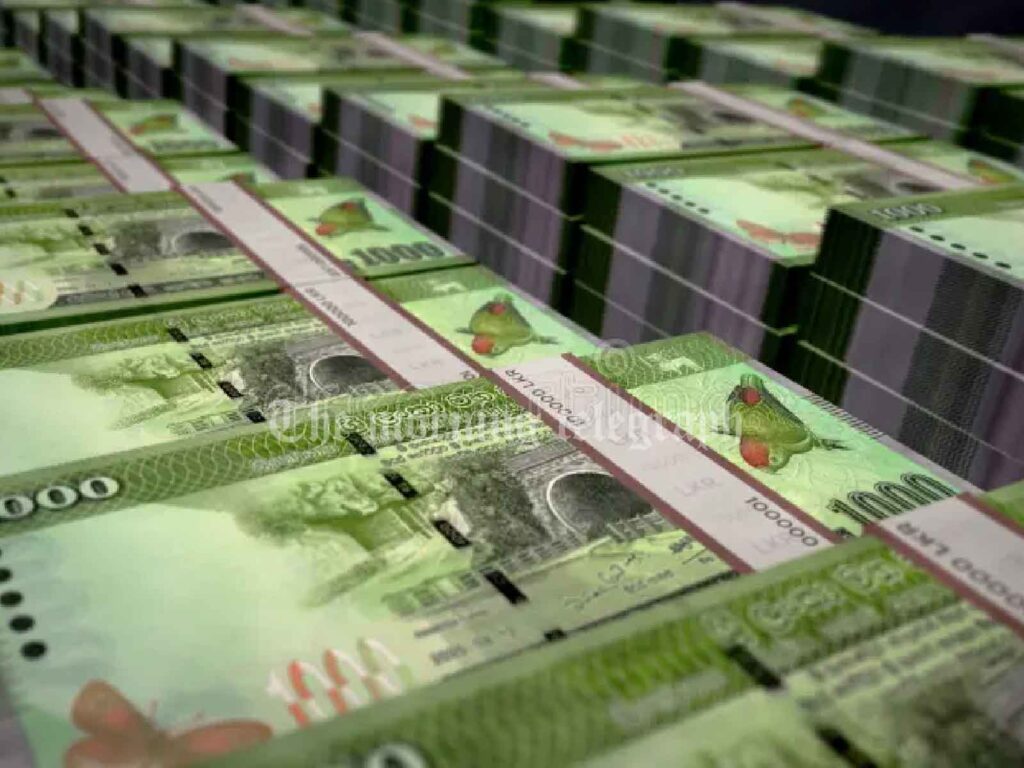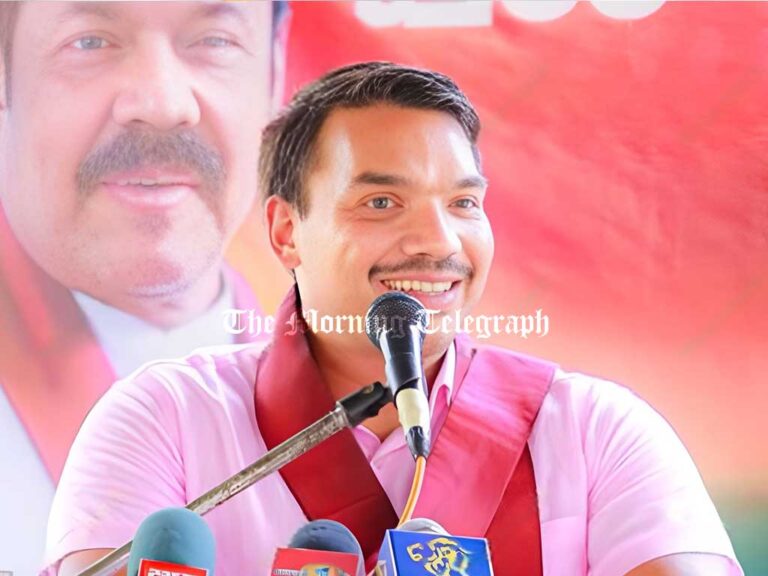
Sri Lanka’s central bank has injected approximately 100 billion rupees into the economy through various liquidity tools, according to official data as of October 25. This move has driven excess money in the banking system to over 190 billion rupees.
The central bank’s actions included 36.16 billion rupees injected via an overnight auction and 70 billion rupees through a seven-day term auction of printed money. As of October 25, excess liquidity held in the central bank’s standing facility increased to 193.4 billion rupees, up from 138 billion rupees just a month earlier.
The central bank’s monetary policy has been influenced by upcoming elections, leading to a cautious approach as some banks have opted to borrow at higher rates of 9.25 percent. The monetary authority has prevented overtrading by offering low-interest loans, encouraging banks to trade without deposits.
Since its establishment in 1950, the central bank has employed various methods to manage money supply, which has historically triggered forex shortages, monetary instability, social unrest, and child malnutrition. These issues often stemmed from inconsistent policies, including trade controls that limited economic activity.
Despite being misled into believing that new discretionary monetary laws would restrict its ability to print money, the central bank has retained substantial powers through open market operations. Macro-economists have influenced policy, pushing for a 5 percent inflation target that allows the bank to operate independently of political oversight.
Critics argue that such monetary maneuvers risk creating a cycle of economic instability. The central bank has often relied on open market operations to control rates, inadvertently contributing to inflation and affecting the exchange rate. The previous president, Ranil Wickremesinghe, was persuaded to adopt this inflation target, which may not align with the necessary goals for economic stability.
Large-scale money printing through liquidity tools raises questions about its purpose, with speculation that it may aim to suppress government securities yields, indirectly financing government deficits. The central bank was originally designed to maintain strict controls over bond purchases, but current practices may blur these lines.
The central bank’s current approach has resulted in substantial liquidity, which could lead to speculative behavior in the market. Should private credit recover, the aggressive monetary policies might provoke inflation, higher interest rates, and a potential economic crisis.
In summary, while the central bank’s recent measures aim to address immediate economic challenges, the long-term consequences of such policies are still a matter of concern. The challenge lies in achieving a balance between liquidity and economic stability, as the central bank continues to navigate the complexities of the current economic landscape.
Source :- Economynext





Job
Since the inflation rate lay in a area of minus (-) , I dont think this effect as bad as it seems to the economy.
Thus, a minimum plus information should alwys be in economy for being it healthy
When governments run large budget deficits over a long period public debt will keep increasing. In 2023 alone the budget deficit was around 2.2 trillion LKR or 7.5 billion US dollars. Since this money can not be plucked out of thin air other avenues must be sought. The public debt debt has risen from around 80% of GDP in 2016 to 111% in 2023. Reversing this trend will take time and effort, until the governments can find a way to manage their finances effectively to eliminate or consistently reduce the budget deficits they will have to fund their deficits through other financial instruments since borrowing money from the international markets is difficult now.